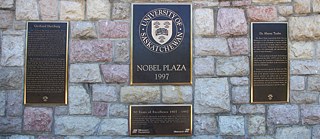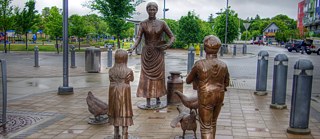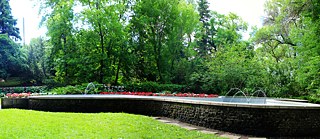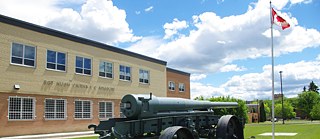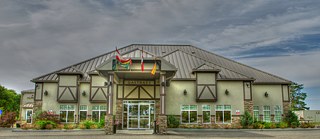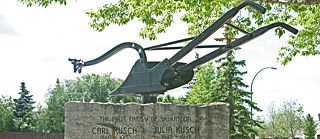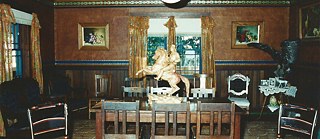On the traces of Germany in Saskatchewan and surroundings
Did you know...
... that a German family holds the place of the “first family of Saskatoon” ?
There are many German descendants in Saskatchewan since the 19th century. Today, they make up 30% of the population. A monument in Saskatoon, the largest city of the province commemorates its “first family”. There, traces of a German-Canadian Nobel-prize winner can also be located, as well as a German cultural center and a German weapon which was used both in World War I and World War II. In the North of Saskatchewan lies a remarkable art gallery, which displays the work of a German-Canadian painter.